Making millions in the blink of an eye
- Published
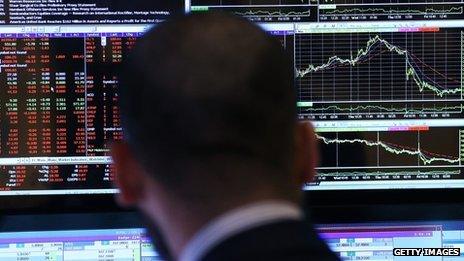
Financial traders do deals at speeds that are almost impossible to conceive
Speed. It's crucial for animals, cars, planes, athletes and waiters. Keanu Reeves made it a movie, Usain Bolt embodies it on the track.
But if you want to know what speed really looks like, then ask Ronan Ryan.
You probably haven't heard of Ryan, but don't worry, because he didn't set out to be famous.
In fact he wanted to be a banker, which may not feel like a common aspiration right now, but seemed perfectly sensible in the midst of the 1990s financial boom, when bankers were not yet blamed for bringing down the world, and their earnings weren't subject to so much vitriol.
Morphing
An Irishman who had moved to the United States with his family, Ryan saw Wall Street as the key to excitement, challenge and wealth.
Except Wall Street didn't want him. At least not at first, so Ryan turned his hand to technology and specifically to the fibre-optic cables that carry information around at dazzling high speeds. And so began Ryan's journey into the world of high-frequency trading.
"It so happened," he told me, "that I went into technology at just the point when banking and technology were morphing together."
Ryan is a likeable man - outgoing, blunt and gifted with a flowery vocabulary that he ascribes to his Irish roots. But the story he tells is incredible - a multi-billion dollar battle to allow financial traders to do deals at a speed that is almost impossible to conceive.
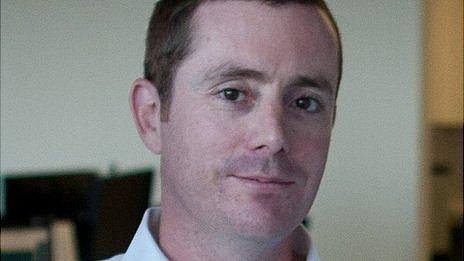
Ronan Ryan says regulators are facing a big task
At a very simple level, high-frequency trading is a process that simply does what it says on the tin.
It uses computers and fast communications to buy and sell a variety of things, normally shares, at high speed. But when I say high speed, I mean ridiculously high speed. Within a blink of an eye, millions of transactions can be done.
And why? Largely because of the cables and computers that people like Ryan were installing.
'Revolution'
"Back in 2004, the boss of a hedge fund complained to me that it was taking him 43 milliseconds to do a trade. I didn't know what he meant... a millisecond is only a thousandth of a second, and I thought 43 of those couldn't be very long. A blink of an eye is 300 milliseconds, right?
"But he moved his operation from Kansas to New York and cut that time from 43 milliseconds to 3.9. And in the first few days of trading after that, he told me he'd made $450,000 of additional profit."
That's when Ryan realised that speed was the key to a revolution in finance. Whoever has the fastest cable stands to make the most money, by buying stocks and shares just as someone else is about to buy them, and then selling them on to that original buyer for a small profit.
It's certainly clever, but is it fair?
"High frequency-trading can do some good by balancing the market and closing the gap between a buying price and a selling price," says Ryan, "but it can also be damaging and predatory.
"It's the institutions - the pension funds and such like - who are losing money. It can take billions of dollars out of the market, and that's monumental."
Remember that, at heart, stock markets are supposed to be there to help companies to grow, not to enrich traders or marginalise all those who can't afford the latest technology.
Little wonder that high-frequency traders rarely announce themselves in public, nor that regulators have started to investigate them.
The UK government told Wake up to Money that it took all forms of market abuse seriously, including that from high-frequency traders.
Sharon Bowles, the chair of the European Parliament's Economic and Monetary Affairs Committee (a group as important as its lengthy names suggests), told me that high-frequency trading was still "suspicious" but that proper global regulation would need support from the G20.
'Out-manoeuvred'
And Ronan Ryan? Ask him about the challenge facing regulators and you get a big sigh.
"I wouldn't want to be in their shoes," he says. "They're not funded to anything like the same extent as the firms, and they're not industry practitioners. I think there's a danger they'll get out-manoeuvred."
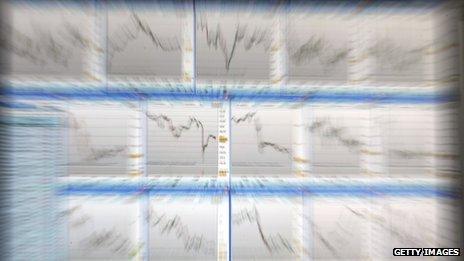
The search for greater trading speed continues
Because the money continues to be spent. The speed for a trade to be done in the US is at 98% of the speed of light.
And, just in case you've forgotten Einstein, the speed of light is as fast as anything can go.
Ryan is now working at a new company, called IEX, a trading exchange set up by him and others who found themselves in this high-frequency world.
It is designed to be an alternative platform, where speed is regulated and trading is more transparent, and it is becoming more and more popular. In fact his story to build the exchange with colleagues has been a central part of Michael Lewis' book Flash Boys, which claims that the world of high-frequency trading is "rigged".
Yet elsewhere, the search for greater speed continues.
"A race to zero," says Ryan, "that will probably never end."
You can listen to the interview with Ronan Ryan live on Wake Up To Money on Monday, 28 April, at 05:15 BST on BBC Radio 5 live. Or catch it later on the BBC iPlayer or download the podcast.
- Published8 July 2013
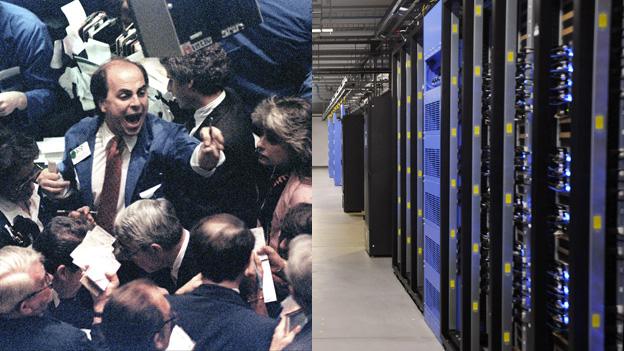
- Published4 March 2012

- Published26 September 2011
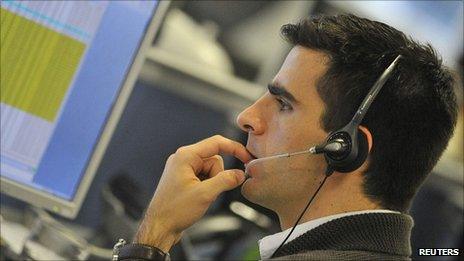
- Published23 August 2011